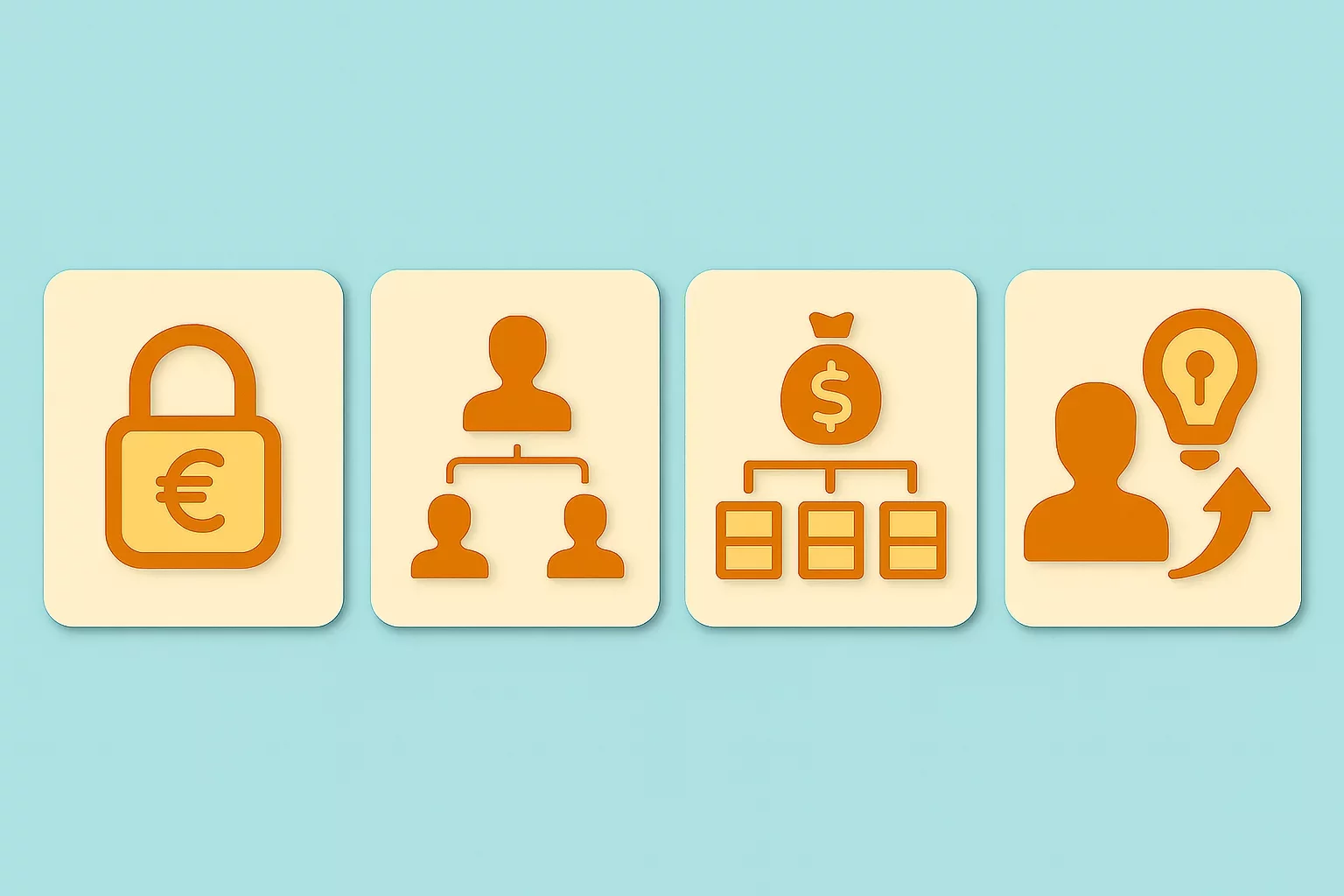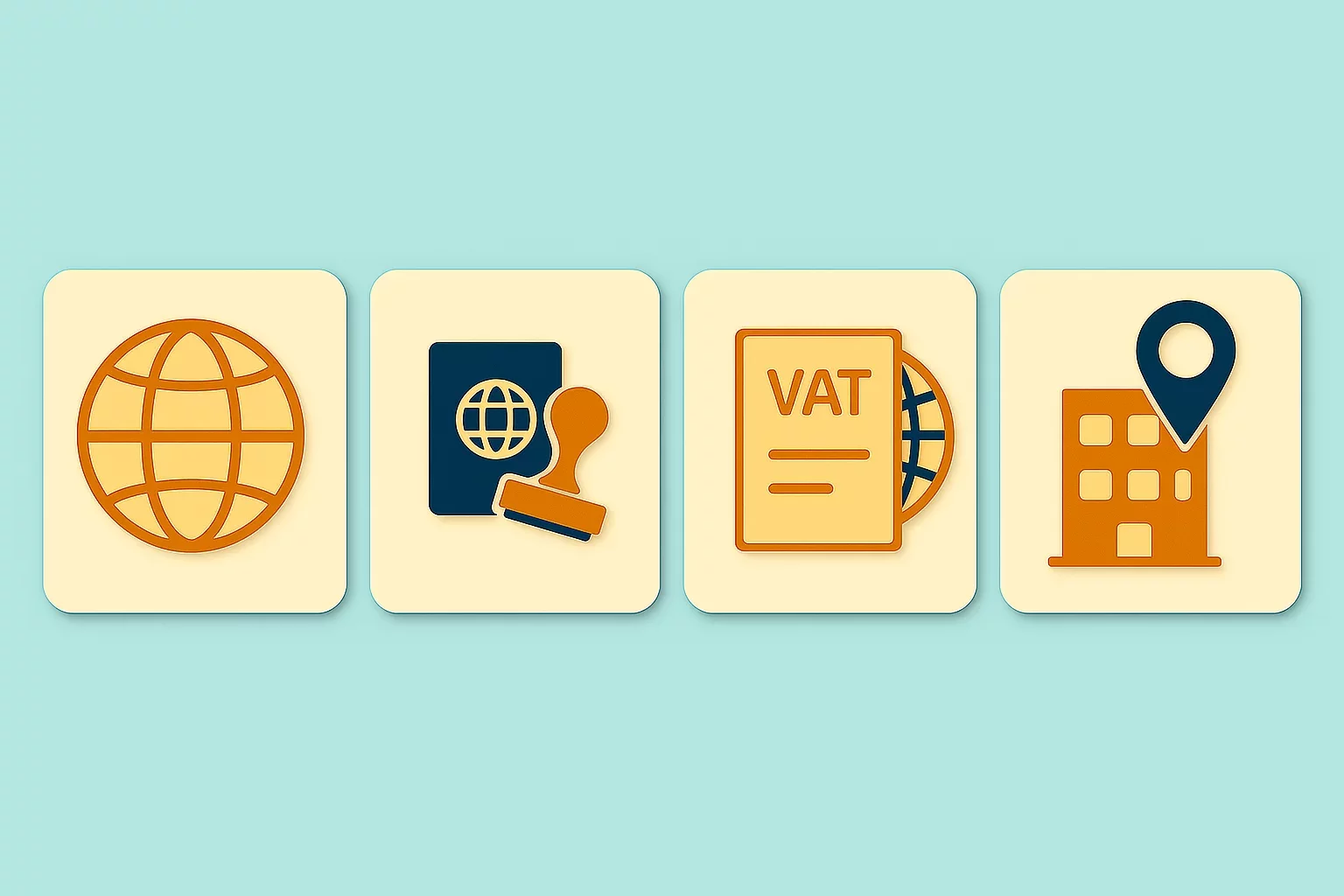Navigating VAT on Call-Off Stock for Amazon Sellers: A Comprehensive Guide

For the latest updates on Amazon ending its Call-Off Stock program on August 1, which impacts VAT registration and inventory management for sellers in the EU, you can read the full article on the changes and their implications here.
In the ever-expanding world of e-commerce, which is evolving rapidly and where the competition is increasing daily, Amazon sellers should use every slight advantage to become more competitive and better rated. One of the challenges is fast distribution, where same-day shipping and delivery are desirable and, to a large extent, expected by customers.
To do this, Amazon sellers frequently find it necessary to store their goods across multiple countries where their customers may be located. The Fulfillment by Amazon (FBA) program helps sellers fulfill customer orders but requires sellers to register for VAT in each country where they store goods. The Amazon Call-Off Stock scheme eases the compliance challenges for the EU vendors to some extent.
What is the Call-Off Stock Amazon Scheme, and How Does It Work?
By using the Amazon Call-Off Stock scheme, sellers allow placement and distribution of their FBA inventory across Amazon's network of fulfillment centers in countries where sellers do not have VAT registration numbers but have customers. Sellers must meet certain criteria to participate in this scheme. However, sellers using the Pan-European FBA program can easily enroll.
This scheme works in two ways:
it minimizes the delivery time, thus increasing customer satisfaction and
postpones the VAT obligation until the goods are delivered to the customer.
What are the requirements for participation in Call-Off Stock schemes?
To participate in this scheme, sellers must already have active accounts on the Amazon marketplace, use the Amazon VAT Calculation Service to activate invoices generated by Amazon, and not have a Place of Establishment in a country registered with the call-off stock scheme.
In addition to these requirements, sellers must also know who the customer is and record and submit an EC Sales List that contains all cross-border movements of the Call-Off Stock Inventory. Depending on the quantity of goods, sellers might also have an Intrastat obligation.
How does participation in the Call-Off Stock scheme work?
In this scheme, Amazon is an intermediary between the seller and the customer. This means that when a customer who lives in France purchases goods from a seller in Germany, Amazon purchases those goods from the seller, resells them to the customer, and, where applicable, generates a corresponding invoice on the seller's behalf.
Key Benefits of Using Call-Off Stock for Amazon Sellers
Apart from reduced delivery time and postponement of VAT obligations, the Call-Off Stock Amazon scheme allows sellers to maximize Amazon's effective storage and fulfillment infrastructure to streamline inventory management and reduce warehousing expenses.
Also, because the Call-Off Stock scheme allows sellers to easily adjust inventory levels based on demand without incurring additional VAT obligations before the goods are dispatched, it allows sellers to scale their operations easily.
Potential Risks and Issues with Call-Off Stock on Amazon
Mistaking call-off and consignment stock—Although very similar, there is one significant difference. Call-off stock implies that the goods are stored in a third-party warehouse in another Member State, and consignment stock refers to the situation where the seller sends goods to be stored in a warehouse that they own in another Member State. In addition to this, consignment stock does not allow sellers to avoid VAT registration in the destination country.
VAT Compliance—Sellers do not need to register for VAT in the countries where the goods are stored. However, this does not mean sellers do not need to pay close attention to other VAT-related legal requirements, such as thresholds, record-keeping requirements, and potential tax implications of cross-border sales.
Other administrative requirements—As previously mentioned, sellers also must record and submit the EC Sales List and be aware of Intrastat obligations.
Failing to meet necessary recording, record-keeping, or filing requirements can lead to charges and legal disputes with tax authorities, further leading to sellers being financially penalized.
VAT Strategies for Amazon Call-Off Stock
To reduce above stated risks and avoid any issues regarding VAT compliance, Amazon sellers should:
Consider the use of tools and software solutions tailored to their need, which automate VAT calculations, track inventory movements, and generate VAT-compliant reports, thus reducing the administrative burden;
Monitor VAT thresholds in different countries where goods are dispatched;
Stay informed about changes in VAT regulations;
Seek professional advice to ensure compliance with VAT regulations when using call-off stock for Amazon FBA.
Conclusion
The Call-Off Stock Amazon scheme allows sellers to distribute their inventory across Amazon's fulfillment centers, reducing delivery time and increasing customer satisfaction without registering for VAT in each country where their customers are located and goods are stored. It simplifies inventory management and reduces warehousing costs.
On the other side, sellers should follow requirements for VAT compliance and use tools and software solutions to automate VAT calculations, recording, and filing.

Featured Insights

Angola’s E-Invoicing Mandate: Phased Implementation Continues Into 2026
🕝 December 10, 2025
VAT Deduction and Business Succession: When Do Advisory Costs Serve the Company’s Interest?
🕝 December 8, 2025
Europe’s Plastic Fiscal Shift: Why Italy’s Plastic Tax Now Starts in 2027
🕝 December 3, 2025
The Decline of Low-Value Import Exemptions: Closing Gaps in Cross-Border E-Commerce
🕝 November 20, 2025More News from World
Get real-time updates and developments from around the world, keeping you informed and prepared.
-e9lcpxl5nq.webp)






















-7xdqdopxl6.webp)



-a9bz8kz2cs.webp)






























